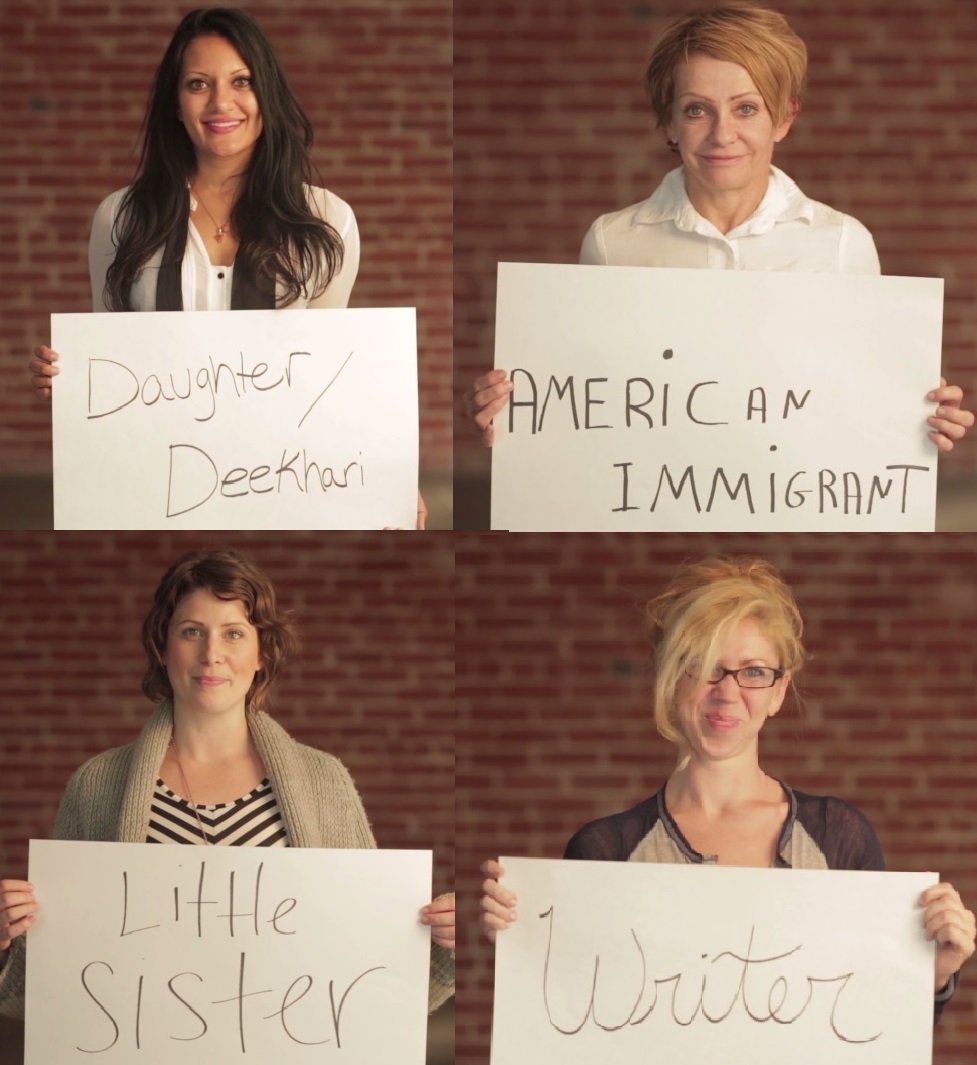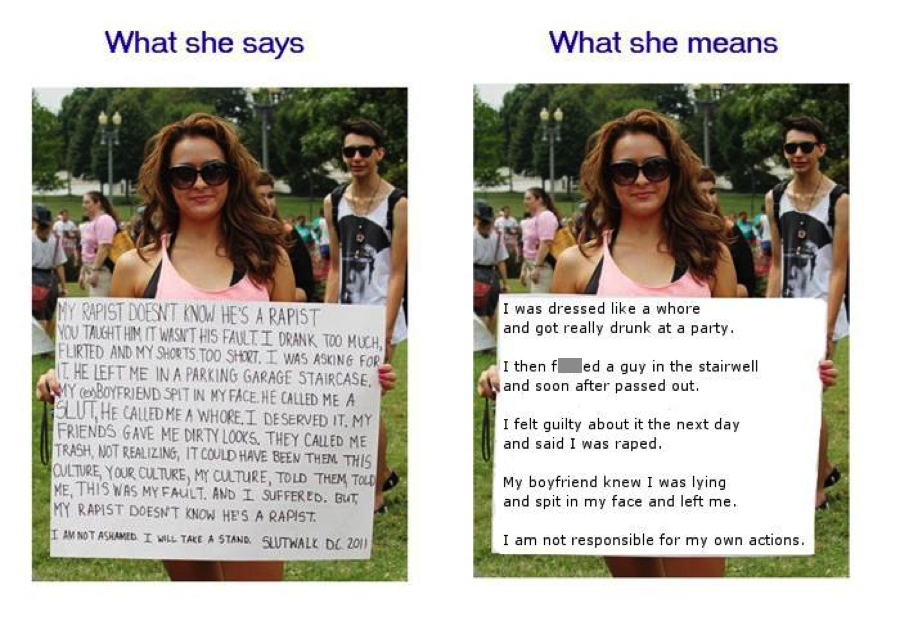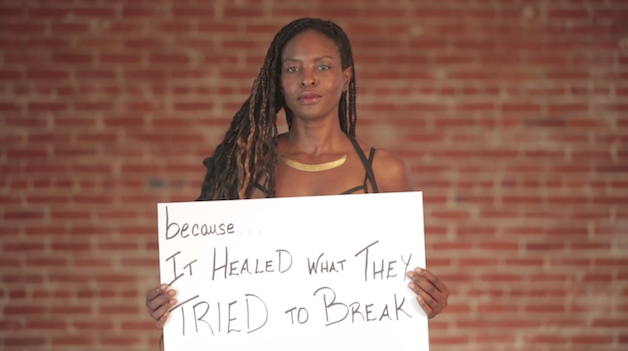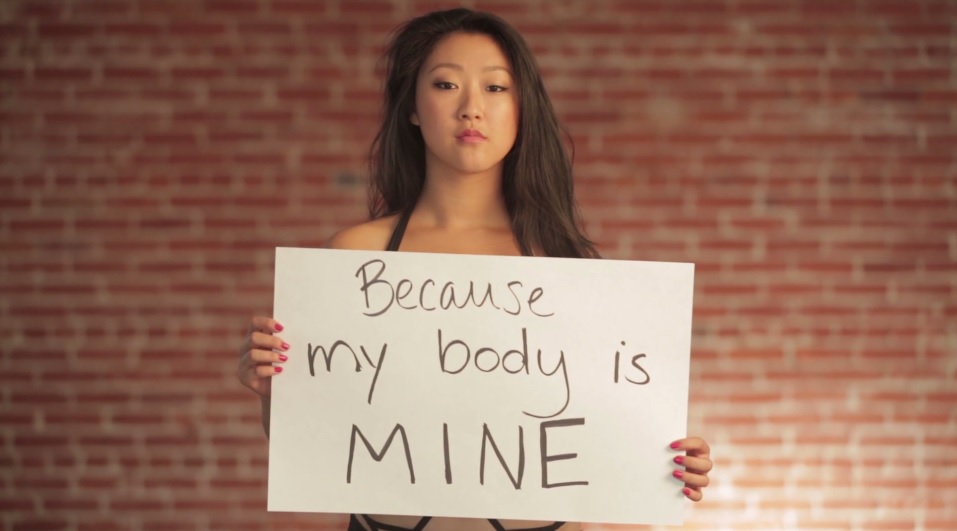An Unusual Method To Combat Rape Culture
By:
"What if we are the generation that ends rape?" asked director Melanie Zoey Weinstein when we sat down to talk about her short film, "Why I Dance."
That's a tall order and not one that I ever thought to address through pole dancing. But after viewing the empowering short amid a warm audience of Los Angeles-based dancers, I'm wondering if Weinstein and her collaborators are onto something.
Watch the full short here:
The math around sexual assault in America is stark.
1-in-3 U.S. women will be sexually abused during their lifetime, and 1-in-4 will be sexually assaulted before the age of 18.
Calculated another way, one sexual assault occurs in our country every two minutes. How could we possibly end something so pervasive?
And that's where the message of "Why I Dance" is so hopeful.

Teacher. Immigrant. Psychologist. Amazon.
In the mesmerizing video, 16 amateur dancers of all shapes, sizes, colors, and backgrounds come together to explain why they are drawn to pole dancing and to show us the power and beauty of this stigmatized art form. With each subject driven by their own motivations, the film sinuously intersperses dance with shots of the women holding up signs about their identity and why they're drawn to pole dance.
According to Weinstein, she found pole dancing a year-and-a-half ago at S Factor. It was there in the company of other women that she started to move through her experiences with sexual trauma:
"I began to unlock a lot of that fear. It started in my hips. And slowly, over months and months, it moved throughout my entire body, into my heart, and finally, my brain. [...] The story of my trauma still does live in my body, but now I feel that I am able to use it. I can speak up. I can help raise awareness. I can destigmatize female sexuality."
Amy Main, one of the film's producers, describes a similar therapeutic process of reclaiming her body and her sexuality:
"It felt like I was shedding my dry, scaly, battered skin, and emerging as a soft, strong, beautiful, feminine creature. My old belief system has constantly been focused on what was wrong with my body - the missing gap between my thighs, my too small breasts, my shapeless hips. But through [pole dance] I began to see what was right. [...] I was already enough as I was."
How could pole dancing reject rape culture and help women take ownership over their own bodies?
One outcome of rape culture is the linkage of women's sexuality causally to sexual assault. Messages like this that demonstrate how we collectively think about rape:

Rape culture says that women are at fault for assault. It says that violence against women can be trivialized, normalized, or ignored -- often as one-off incidents. But they're actually part of a larger social trend.
Talking about her own experience with sexual assault, Weinstein said that she never thought of one of the incidents as a violation until 10 years later.
"We're not informed enough to call it out when it's happening and then we bury it," Weinstein explained. "And then maybe we say 'it's okay' or 'it wasn't that bad.' [...] So when we have these traumas, we don't always know that they happen. We forget that they're wrong."
She describes these as the types of traumas "that live in our bodies," which is where the magic of pole dancing happens. The signs say it all.


So is the film all about rape?
When asked whether her story was the universal story of "Why I Dance," Weinstein turned the question around. "What did the signs make you think?" she asked.
It's not clear. Even the dancers did not necessarily share their stories with everyone on the project. In Weinstein's words: "We told our stories with our bodies."
That's intentional. Per Weinstein:
"We don't need to know what happened or to specify our individual stories, because we are 16 women dancing the same dance, each with our unique reason for being there [...] It's important to me not to specify which one of us might be recovering from body dysmorphia, an eating disorder, sexual trauma, shame -- or is simply dancing because it makes her feel joy! [...] [A]s long as the statistics are 1-in-3 women [are sexually abused] in her lifetime, we don't have to point out an individual woman's story that could be misconstrued as an exception. We are all rising up for women's issues together."
And that's the most powerful message: despite the universality of rape culture, women have the power to combat it.
As we talked about sexual assault numbers, Weinstein questioned how removed anyone could be from sexual violence. She pointed to the omnipresence of a culture of sexism:
"Don't you think that everyone has been violated in some way? Cat-called? [...] I think it's ubiquitous. And there's a domino effect of trauma, so even if you aren't the person who was raped, this affects everyone in our society all the time. We are all traumatized by rape culture. That's why nobody is asking the question, 'What if we end rape?' Because we're so traumatized to this reality."
In spite of this, the tone of "Why I Dance" is both powerful and celebratory.
That's because in dancing for each other and for themselves, they've found a support system in each other and an internal strength. As one sign says, "Because my body is mine." That's a message we should get behind teaching all of our girls. With over 1.3 million views so far, it's also a message that's clearly resonant.
